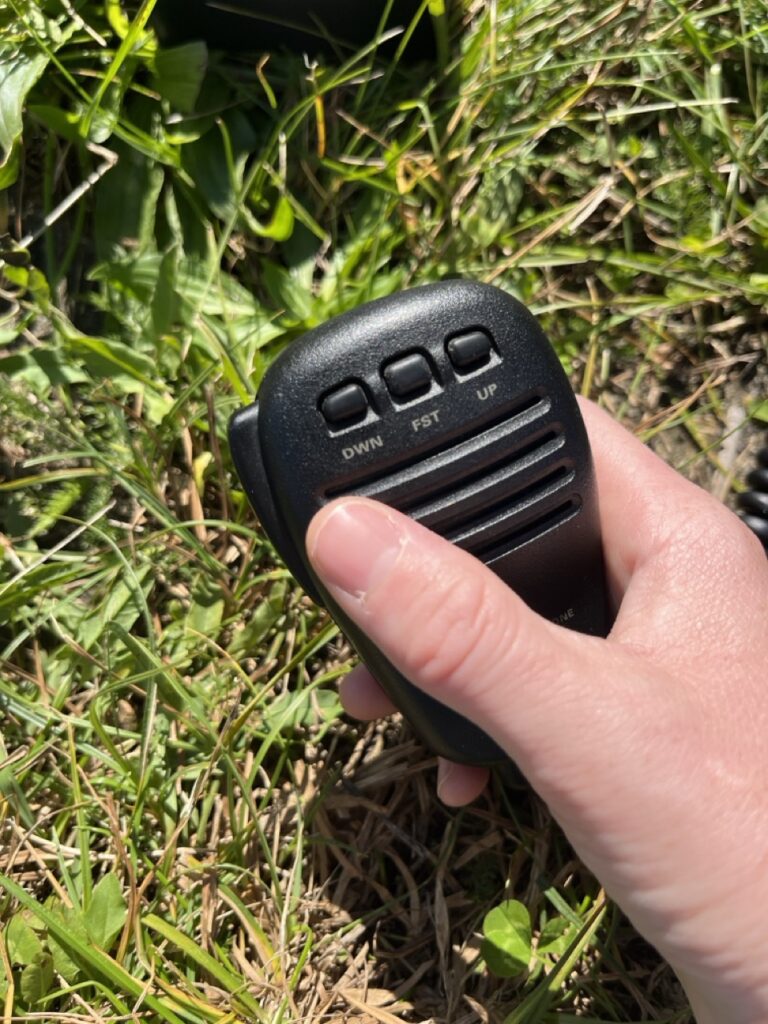As part of our mission to figure out why we did not have any luck with HF on the Yaesu (see my previous post for more info: Why we bought a battery pack for our Yaesu FT-818nd), we decided to attempt to reach the reverse beacon network. The beacons are in ‘reverse’ because, unlike normal beacons, they record who they hear, so would allow us to test our reach on HF. The catch? The reverse beacon network only responds to CW and digital modes. As we did not have a digital interface for the Yaesu, our only hope was attempting CW.
We do not own a CW keyer, and so it was really useful to learn that we could use the microphone “up’ and “down” buttons to type dots and dashes. To do this, you just need to go to menu item number 36 (MIC KEY), and turn it to ‘ON’ by rotating the dial knob. Then, short press the F key and rotate the SEL knob until you find operating row 10 [VOX, BK, KYR], and turn the KYR on by pressing C. Now, when you press “up” and “down” on the microphone buttons, you should be able to hear the CW tones.
You can make these tones without transmitting, which is really useful for practising. To test ourselves, we opened an online morse decoder (e.g. https://morsecode.world/international/decoder/audio-decoder-adaptive.html), on our phones, and placed it directly over the speaker of the Yaesu. This gave us a pretty good indication as to whether we were sending anything coherent. Unfortunately for us, we rarely managed to key out a complete CQ TEST, and therefore were unable to be spotted by the reverse beacon network! But it is a lot of fun to practise.

